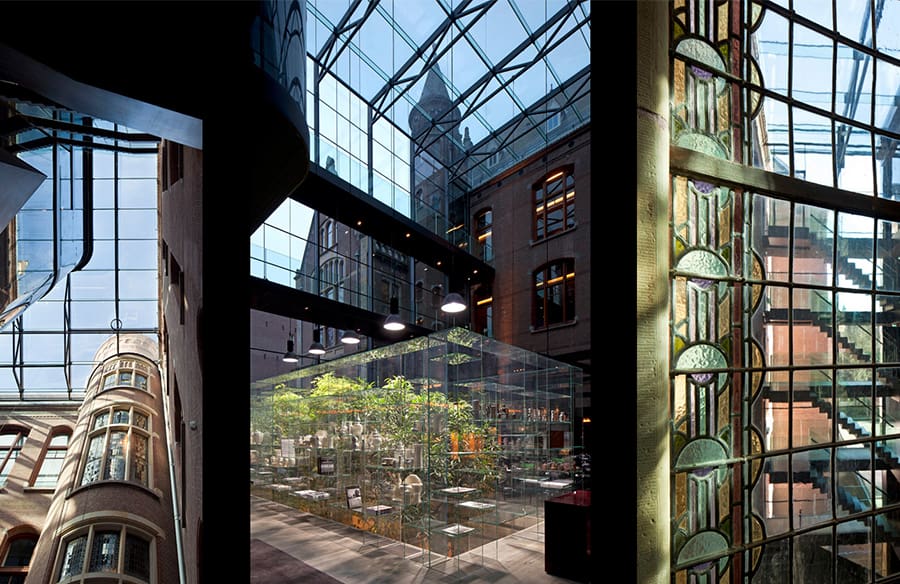Interior design of historical buildings and cultural sites.
Architecture should speak of its time and place, but yearn for timelessness.
Frank O Gehry’s idea of timelessness resonates in the form of heritage and historic buildings.
These buildings open gates to a glorious, unexplored world, the past, while serving as a bridge to an unknown reality, the future.
However, many historic buildings are often abandoned and in a dilapidated state
Due to social, cultural and demographic transformations apart from the escalating maintenance costs.
Architects are no longer fit to perform their original functions,
They breathed new life into these abandoned structures by renovating the interiors.
The redesign of the interiors also adds a modern touch while preserving the historical significance of the structure.
With the Industrial Revolution in the nineteenth century, the demand for mills, factories and power plants rose dramatically.
What followed was the great commercial building boom of the 20th century, which made those buildings obsolete after a certain period of time.
This gave rise to the movement for the legal protection of heritage buildings, which began in America in the 1960s.
The first step in this initiative was to convert old wooden houses into country inns and restaurants.

Port Authority, Antwerp, Belgium Historic Buildings
A competition was launched in 2007 to build new office space for the Belgian Ports Authority in Antwerp
Without demolishing the abandoned fire station on the site.
Zaha Hadid Architects won the competition and designed it in two parts.
They are reusing the former fire station and installing a beam-shaped structure above it.
The new extension points towards the Scheldt, connecting the building to the river on which Antwerp was founded.
and reflective triangular elements placed at different angles relative to each other
It emits ripples like waves due to the changing tones of the city sky.
The fire station courtyard has been transformed into a reception space surrounded by a glass roof.

Church of San Francisco, Santpedor, Spain
The monastery built in the 18th century by Franciscan priests in Catalonia in Santpedor, Spain, was sacked in 1835.
After years of decline, only the church remained in 2000, also in ruins.
Soon a project was commissioned to transform the church into an auditorium and multicultural centre.
In the future, the third phase will use the upper floors of the church as historical archives.
The design was centered around the spatial quality of the unkempt interiors.
Stairs, ramps and a skylight were added, along with an attractive entrance.

Green Building, Louisville, Kentucky | Historical buildings
The green building in the Eastern Market District of Nolo, New Louisville, is the first LEED platinum certified commercial building
Also the first LEED Platinum adaptive reuse structure in Kentucky.
The building was part of a 1,000-acre royal land grant made to Colonel William Preston for his services in the French and Indian War.
In 1815, his son moved to Louisville from Virginia Island and later, the property was annexed to the city of Louisville in 1827.
It was used as a trading post in 1855 followed by a supply mill a decade later and goodwill until 1977.
After years of misuse, Jill Holland and Augusta Brown Holland purchased the building in 2007.
Doug Pearson of Fer Studios is responsible for the renovation of the former dry goods store
Which dates back 115 years and has been transformed into a multi-use mall.
The building includes an exhibition, event space, office space and restaurants.
It is a hotspot for arts and sustainability today, bringing life to a somewhat dead area.

